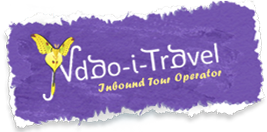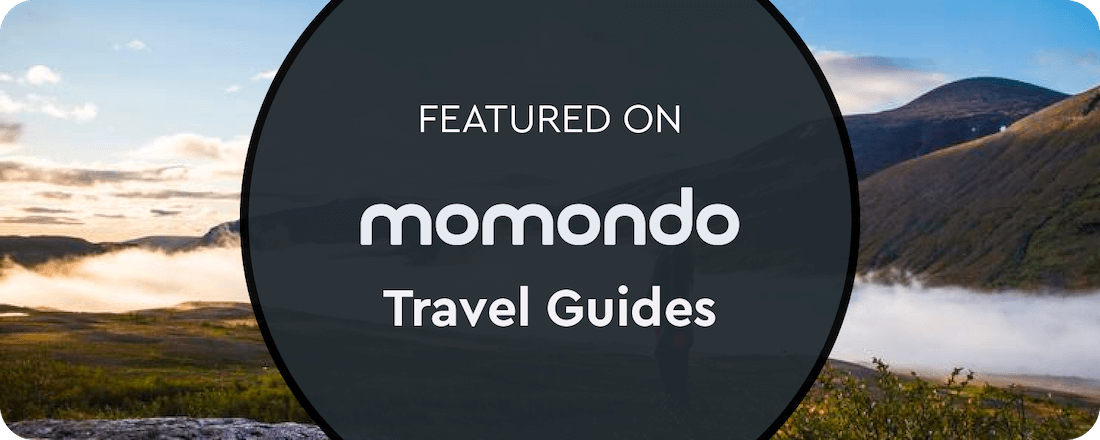We really excel at tailor-making your trip to your needs. You may want to see certain species or visit particular parks, reserves or lodges. You may want a private plane or helicopter and high class car, or need to travel at a certain time of year. Tailor-making works whether you are an experienced traveler or trying out a wildlife holiday for the first time, wanting to enjoy a wildlife experiences as part of an occasion like a birthday, honeymoon or anniversary, or a busy executive in search of a short wildlife fix.
Have you always wanted to design your own tour but let someone else handle all the nitty gritty of organizing it? Do you run specialized tours where you'd like us to put them together for you? Keen birders, scuba divers, conservationists, volunteers, photographers, surfers, medical adventurers, hikers, bikers, historians and geologists – no matter what your specialty is, we can tailormake accordingly! We also offer unique tours which you're more than welcome to join us on!
Do you have a large family or group of friends that you would like to travel? Does your company want to run its own set of branded series tours? The NDAO-i-Travel tailormade services and charter team can do organize all of this for you, and more! Whether it be in an air-conditioned bus, a minivan or a 4 x 4 vehicle, we will tailor a tour for you to ensure that your dream holiday takes in everything you're expecting from it.
Our team of well-travelled and dedicated individuals will provide you with a detailed itinerary, suggested accommodation, professional, friendly service and all the support you need to make travelling in Madagascar an absolute pleasure.
Whether your party is made up of two or two hundred travelers, we'll pull something special out of the bag, just for you!
You can enjoy complete flexibility in planning and booking on all our tours for a truly customized Madagascar holiday that is in your budget and personal style. Traveling around a theme or exploring something in particular? Our tailor-made holiday experts are eager to assist in planning an experience that fits your requirements putting you in complete control of your next Madagascar holiday.






